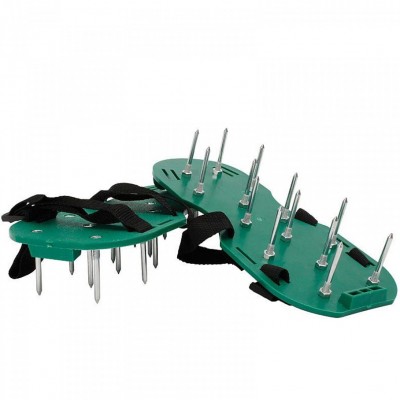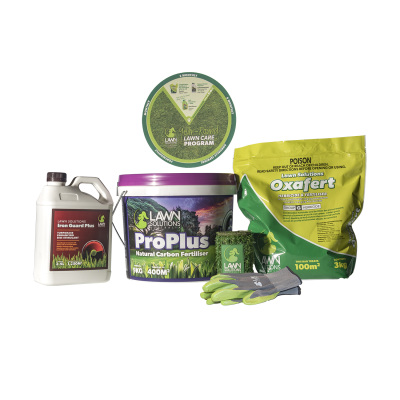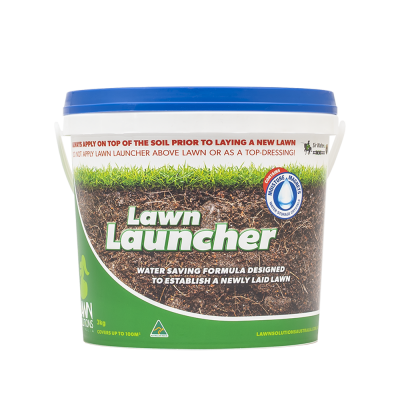Sir Grange Zoysia is making its mark on some of the country’s top golf courses. Here’s why it could be here to stay
IN THE hinterland between Ballina and Lismore on the Northern Rivers region of New South Wales lies a renovated nine-holer winning plaudits from locals and interlopers. Teven Valley Golf Club [pictured] is the inspiration of former Westpac banker Curt Zuber who purchased the fledgling course in 2016.
Determined to create something special, Zuber commissioned former tour professional Craig Parry who had previously designed a backyard hole at Zuber’s Sydney residence. To construct the new layout, Zuber approached Paul Gumbleton, superintendent at his home club of Monash Country Club, and made him an offer he couldn’t refuse. Gumbleton and former Kingston Heath assistant super Bob Simmons spent three years building the new Teven Valley one hole at time.
Such has been the quality of the redesign that it’s created insatiable demand to play a par-31 layout that maxes out at just 1,705 metres. The $60 green fee for nine holes is yet to curb the enthusiasm of visitors, while Teven Valley’s membership is fully capped at 400 with another 50 golfers on a waiting list to join a club with an annual sub of $1,500.

What makes Teven Valley unique is the turf composition. With the exception of its greens, Teven Valley is the only Australian course that features Sir Grange Zoysia on the entire layout. The finely bladed Sir Grange Zoysia is known as a ‘golfer’s grass’. It has a strong, upright leaf structure where a golf ball tends to sit up on top of the leaf rather than sinking into the profile.
THE STORY BEHIND SIR GRANGE ZOYSIA
In America, Sir Grange Zoysia is known by the name of Zeon Zoysia. It was developed by turf breeder David Doguet at Bladerunner Farms in Poteet, Texas. The storied Atlanta Athletic Club and the Rio Olympic course are two prominent tournament venues to feature Zeon Zoysia. Lawn Solutions Australia is the licence holder here under the label Sir Grange Zoysia. It produces more than 50 per cent of all turf sold in Australia from 43 turf production farms under the Lawn Solutions banner. One of those farms, Daleys Turf on Queensland’s Sunshine Coast, supplied Sir Grange Zoysia to Teven Valley.
While a variety of couch grasses were considered for Teven Valley, the decision came down to three important factors: playability, environmental suitability and cost savings over the long term. As a boutique golf course, Sir Grange Zoysia offered an opportunity to have a point of difference to other clubs. For Teven Valley course designer Parry, the selection of Sir Grange Zoysia was straight-forward once he realised it was readily available here in Australia. Parry appreciated the qualities of zoysia while playing the PGA Tour event at TPC Potomac at Avenel Farm near Washington D.C. “They have extreme weather conditions. So they get really hot in summer and it snows in winter. So if a grass can actually get through that, it would be a really good surface to play on. It was a no-brainer as far as it was going to do well in Teven,” Parry says.
“It’s a very hardy grass. The ball really sits up on a tee. [With] some grasses the ball sits down and it’s difficult to get underneath it. Whereas when you’re playing off zoysia, it sits up and it’s just looking at you all the time. It’s a fantastic grass.” From an environmental perspective, Sir Grange Zoysia was a good choice for the humid sub-tropical climate of the Northern Rivers. It needs probably half the amount of fertiliser as other turf grasses.

In fact, some of Teven Valley’s fairways haven’t been fertilised for three years. “They are pure. It’s an incredible surface. The golf course always stays in immaculate condition,” Gumbleton enthuses. So fewer chemicals and less disease. Hence, it’s good for golf clubs from a financial perspective. And as a relatively slow-growing grass, Sir Grange Zoysia also made sense given Teven Valley was initially maintained by just two turf managers.
“For what we were planning to do with a small team,” Gumbleton adds, “[Sir Grange Zoysia] was going to be a better grass, especially for this Northern Rivers area where the grass will grow around your feet if you stand still long enough.”
As to the cost-savings, Gumbleton says: “Expensive grass to put down. We put down 76,000 square metres, all laid by hand. But we could see the benefits. If I was to do a cost-benefit analysis now, we’d be nearly back in front.” Sir Grange Zoysia is also resilient and withstood the epic floods that engulfed the Northern Rivers during the past two years. Teven Valley hadn’t lost any turf, apart from where the force of the water ripped turf out of the ground. Elsewhere at Killara Golf Club on Sydney’s affluent north shore, Lawn Solutions Australia provided 75,000m2 of Sir Grange Zoysia in solid turf from its Jimboomba Turf farm in Queensland. Sir Grange was used on tees and tightly mown surfaces surrounding all 18 greens, offering a neat contrast between the bentgrass putting surfaces and kikuyu fairways.
Apart from being a beautiful surface from which to chip, pitch and putt, Sir Grange Zoysia is not invasive like kikuyu where the runners tend to creep into a green. That was an incentive for Killara, which spent $1 million alone on Sir Grange as part of a $5.6 million renovation. The overall refurbishment has been a resounding success, vindicated by Killara’s re-appearance in Australia’s Top 100 Courses at No.83 after an absence of almost two decades. Zoysia performs particularly well in shade-tolerant areas. On the NSW South Coast, Catalina Country Club at Batemans Bay laid 2,500m2 of Sir Grange on a shade-affected hole with pleasing results. Wollongong, Narooma and Pambula-Merimbula golf clubs have also trialled Sir Grange Zoysia.
Mollymook Golf Club is considering laying Sir Grange at its Hilltop course (currently No.92 in Australian Golf Digest’s Top 100) after a successful trial at its nine-hole Beachside course, which led to maintenance savings.
When posed a question as to whether Sir Grange Zoysia sounds as though it’s a ‘wonder grass’, superintendent Gumbleton paused for a moment before replying: “That’s a pretty fair statement.”
As seen in…


